The term ‘performance car’ should be banned from all good car websites. It is loathsome, ambiguous tosh whose biggest offence is to lead us to deny the richness and variety that exists in a widening market for driver’s cars.
By lumping together everything designed and engineered to go fast, the term encourages the people who make, judge and own these cars to think in common terms about models as different as 600bhp grand tourers, 200bhp hot hatchbacks, four-wheel-drive sledgehammer estates and £200,000 super-sports cars. And it does so when the key to making those cars great actually lies in understanding those differences.
Let’s take the super-saloon as an example, given that we’re about to devote our attention to three prime examples of the breed. With super-saloons, power and pace are important. Not all-important, granted, but they matter. A lot.
In sports cars, as with hot hatches, fast coupés and elsewhere, seldom will the fastest and most powerful car in the competitor set also be our class champion. With super-saloons, however, there’s a decent chance that it will.
The legendary fast four-doors you’d put in an all-time top five spring to mind in no small part because of their engines: E60 BMW M5, Lotus Carlton and Mercedes-Benz 300E AMG ‘Hammer’.
All were crushingly effective motorway cars. And needless to say, if you’re buying a super-saloon now, you’ll probably want it with enough grunt to seize total command of the fast lane.
Mercedes-AMG has always understood that, and by bringing its new Mercedes-AMG C 63 S saloon to the market with no less than 503bhp, it has provided a fine head start for the car. But the new AMG C-Class won’t enjoy the numerical top-dog status its maker believes it deserves, due to competition from an exotic Antipodean thunder-domer imported to our shores via the decidedly unexotic location of Luton.
So as well as measuring up against the 425bhp BMW M3 – the cheek-by-jowl rival without which it would be impossible to conduct this test – the C63 S will also have to out-drag the 577bhp Vauxhall VXR8 GTS, a car that appears to offer 15% more grunt than the AMG for 20% less outlay.
Mechanical convention reigns supreme in this sector, so we need waste little time in the set-up. Our Aussie bruiser is the largest and heaviest car of the trio, being a refugee from the next saloon class up. But there’s still less than 200kg between it and the M3, which is the lightest car here – if manufacturer kerb weights are to be believed.
All three cars honour the classic super-saloon template of a longways engine driving the rear wheels. All are made predominantly of steel, with independent suspension via coil springs and adaptive dampers.
The engines themselves range from the VXR8’s deliciously anachronistic 6.2-litre Chevrolet small-block V8 with rocker-arm induction and a supercharger, tothe M3’s ultra-modern, 140bhp-per-litre 3.0-litre straight six, with its pair of parallel twin-scroll turbochargers.
The C63’s new 4.0-litre lump splits the difference between the other two expertly, offering V8 mechanical allure coupled with a downsized capacity and twin turbos. The blowers are arranged in what AMG calls a ‘hot inside vee’, which makes for short induction tracts, consequently sharper throttle response, tight mechanical packaging and intelligent thermal management. I love it when they talk oily.
Suffice to say, all three promise to deliver exactly what you want from cars like this: extraordinary performance in what is otherwise a relatively ordinary family car. But if bang for your buck is your main motivator, the C63 S and the VXR8 promise bigger than the M3.
Read the full Vauxhall VXR8 GTS review
So much for promises. When you actually line up all three on a long, empty piece of asphalt and then let them explode into full stride as if at a Santa Pod Run What Ya Brung, those promises suddenly count for little. Power gets you nowhere without traction; nearly 600bhp is redundant if you can’t wield it. And simple physics, skilful tuning and systems sophistication lay waste to a phoney hierarchy built like a third-pint ‘world’s greatest 11’ football team around a pub fruit machine.
First up, there’s the ritualistic preamble to your flat-out run. Perhaps 25 years ago it might have been a check for oil temperature and a pressure-gauging prod of tyre sidewalls. Now, even in the simplest car here, it’s much more complicated than that. Even the VXR8 has launch control, torque vectoring and angry modes for its dampers, engine and stability control. The M3 and the C63 S add to that various modes for their automatic, multi-clutch transmissions and electromechanical power steering systems.
In the Vauxhall, you tweak a snooker-ball-sized knob on the centre console clockwise, from Sport mode, through Performance mode, to Track mode. In the BMW, there are several buttons to press and modes to cycle through. You want Sport+ for damping, steering and engine, the most aggressive of three settings for the gearbox and a long press of the stability control button to deactivate the ESP. Still with me? Jolly good.
In the Mercedes, select Race mode on the main dynamic selector and Sport Handling on the stability control. And then in both of the Germans you can begin the blast-off countdown by putting plenty of pressure on the brake pedal – and checking your path for suicidal local fauna.
Launch control is activated in the M3 by stamping the throttle pedal against its stop with the brakes still fully on; in the C63, it’s done by pulling both shift paddles together, and then by a second tug of the right-hand paddle to confirm, followed by the same flattening of the throttle. At this point, both Bavarian motors begin revving at a governed crank speed – and in the BMW, you can even raise that crank speed by 500rpm if you think the surface you’re on is grippy enough to justify it. Ready? Sure? Then lift your left peg and find out.
Launch control systems on road cars have come a long way in the past five years, but even the best can be inconsistent. As often as not, the M3’s gives you a good 20deg of unwanted attitude, clouds of tyre smoke and a rate of acceleration best described as sub-optimal. But when it works – in our test car’s case, at the fourth time of asking – it really works.
Tyre testers say most tyre compounds need between 4% and 7% of slip (to be rotating that much faster than the ground beneath them is passing by) in order to generate the most traction. When it hooks up, that’s exactly how much the M3’s launch control seems to allow – in a smooth, powerful, disciplined lunge through first and second gears.
The C63’s system is less smooth, more dramatic. It’s more consistent, too, but it allows power to go down in bigger surges before reining it in as part of a clumsier juggling of torque, wheelspin and acceleration. If you didn’t already know that the Mercedes was heavier than the BMW, with the torquier engine and slightly skinnier back tyres, you might guess as much just from the way it gets off the line.
You fire the VXR8 into motion using a couple of arcane mechanical devices called a clutch pedal and a gearlever (an automatic ’box is also available). The launch control here intercedes quite delicately, and only with the ECU tweaking things as the rears begin to spin up excessively. How many revs you use initially is up to you. Several attempts prove that a conservative style is the most effective, as you do your best to prevent the launch control from having to do too much to help. It’s pleasingly old-school, then.
But whatever you do, there’s no way to make the VXR8 perform quite like its headline power and torque figures suggest. On the previous page you’ll find the results of a happy, noisy, smokey hour spent with timing gear attached to each of these cars. But because it’ll be germane to the final judgement, we’ll summarise those results and then move on.
The C63 S is the fastest-accelerating car here by a fairly wide margin over the VXR8, at first only by a smidgen over the M3 but more once it hits third gear and homes in on 100mph. In real-world motoring, the BMW makes up for it with cleaner engine and transmission responses, so the AMG’s advantage isn’t decisive. But it’s there; you can feel it from the driver’s seat, see it in the numbers. And it counts.
Read the full Mercedes-AMG C 63 review
The VXR8’s disadvantage is the most surprising thing. It’s half a second off the pace by 60mph, a second behind by 100mph and more than twice as far adrift by 150mph. Traction-related launch problems you could forgive, but the Vauxhall never seems to make its power tell, even at higher speeds. The conclusion is that, perhaps only in our test car’s case, the 6.2-litre V8 isn’t making the power it’s supposed to – although we’d have needed a dyno test to prove it.
So the C63 S asserts itself – on the dragstrip, in the outside lane, wherever you happen to stretch its legs. And besides having an advantage over its rivals in objective terms, its engine also levels up with the VXR8’s inimitable Chevy V8 on the intangibles of theatricality and soul. It just won’t be upstaged. It answers the BMW’s range and response with not just greater perceptible propulsive force but also a more authentic charisma whose soundtrack needs no digital augmentation through the stereo.
And what of the rest of this contest? Super-saloons are a great deal more than just engines on wheels, and the C63 doesn’t boss this comparison in every department. But it does more than enough where it really counts to lead us towards a conclusion as inexorable as its dominance on the dragstrip.
The beauty of a saloon is its usability, and the most practical car here is, no surprise, the biggest. The VXR8 has back seats big enough for even the likes of me, while I’m ever so slightly restricted in the back of the other two. But the VXR8 doesn’t offer the same advantage on boot space; both the M3 and the C63 are close enough to it to make the Aussie’s victory in this area a negligible one.
It’s certainly negligible enough that, given the superiority of the German saloons’ driving environments on material quality, you’d struggle to justify the Antipodean in hard-headed terms. The VXR8’s interior is like a discount-store tracksuit and trainers compared with the BMW’s smart, restrained premium-brand fittings and the AMG’s more lavish designer label luxury. The C63’s is the cabin of choice by a distance. Add to that its sizeable lead over the Vauxhall on desirability and a modest one over the BMW on the same front and you have to conclude that the C63 is the car with which you’d want to live.
On ride and handling, the BMW comes into its own. You’d expect it to, but perhaps not quite to define its accomplishment exactly as it does. The M3 has a dynamic repertoire of astonishing breadth. It rides gently in Comfort mode, only to transform into the grippiest and most direct car here when you delve deep into its handling abilities. It’s a natural athlete that conducts itself every bit as keenly as its flared arches and huge, dished alloys hint that it will.
But what it forgets, somewhere along the way, is to flatter and engage you, or to make everyday, normal-speed motoring as flavoursome and exciting as the C63 does. Where the M3’s steering wheel is weighty but muted, the C63’s is tactile and encouraging. The AMG will respond with a languid shake of its hips, a flare of revs, a flurry of wheelspin and benign, playful, low-speed slide when the moment presents, while the BMW is more straight-laced.
The M3 knows how to lay down rubber – but mostly at high speeds and bigger angles and commitment levels than many would be willing to risk. And when the M3 does go sideways, it’s a bit like someone has replaced those 275-section rear tyres with spacesavers and then covered the car’s steering rack in bubblegum. You need to be very quick on the steering to keep the car exactly where you want it and then be lucky in order to keep the car stable as it straightens up. The steering certainly isn’t positive or feelsome enough to tell you when its front wheels are running true again.
The verdict
In the final reckoning, it’s the VXR8 that props up the order. It has to, given its spectacular underachievement against the clock. But it’s a shortcoming you may care little about – and I’d wager you’ll care even less after a drive in the car, which reveals itself in pretty short order to be a wonderful seven-and-a-half-tenths cruiser.
You mete out the GTS’s speed in glorious fractions of an inch on its long-travel accelerator pedal, listening intently to the way that behemoth V8 is expressing itself, marvelling that a 500bhp saloon can still feel so honest and armchair-like, even in 2015. Drive it too hard and you’ll be disappointed by several things: its lack of first-order pace, the lightness of its steering under load, the softness of its directional responses and the way in which harsher surfaces trouble the structural integrity of its body and cabin. So you ease off to a speed at which you can savour that throwback muscle-car character. “Balls out,” as our cork-hatted cousins would declare, “you’ll have a ripper, mate.”
But you won’t be impressed nearly as much as by the M3, nor as excited as by the C63 S. Both are excellent driver’s cars – and it’s a struggle to recommend one above the other. The BMW undoubtedly handles more keenly, rides more sweetly and makes better use of the combustive firepower at its disposal.But the C63 is more spectacularly endowed, has much greater charm and richness, greater communicative facets and better high-speed stability. And it makes every mile more memorable than in the BMW.
That’s what most of us want from a super-saloon, I reckon.
Mercedes-AMG C63 S
Price £66,550; 0-62mph 4.0sec; Top speed 155mph (limited); Economy 34.5mpg; CO2 192g/km; Kerb weight 1730kg; Engine V8, 3982cc, twin-turbo, petrol; Power 503bhp at 5500-6250rpm; Torque 516b ft at 1750-4500rpm; Gearbox 7-speed automatic
BMW M3 M DCT
Price £59,090; 0-62mph 4.1sec; Top speed 155mph (limited); Economy 34.0mpg; CO2 194g/km; Kerb weight 1635kg; Engine 6 cyls in line, 2979cc, twin-turbo, petrol; Power 425bhp at 5500-7300rpm; Torque 406b ft at 1850-5500rpm; Gearbox 7-speed dual-clutch automatic
Vauxhall VXR8 GTS
Price £54,509; 0-62mph 4.2sec; Top speed 155mph (limited); Economy 18.5mpg; CO2 363g/km; Kerb weight 1834kg; Engine V8, 6162cc, supercharged, petrol; Power 577bhp at 6150rpm; Torque 546b ft at 3850rpm; Gearbox 6-speed manual
Get the latest car news, reviews and galleries from Autocar direct to your inbox every week. Enter your email address below:

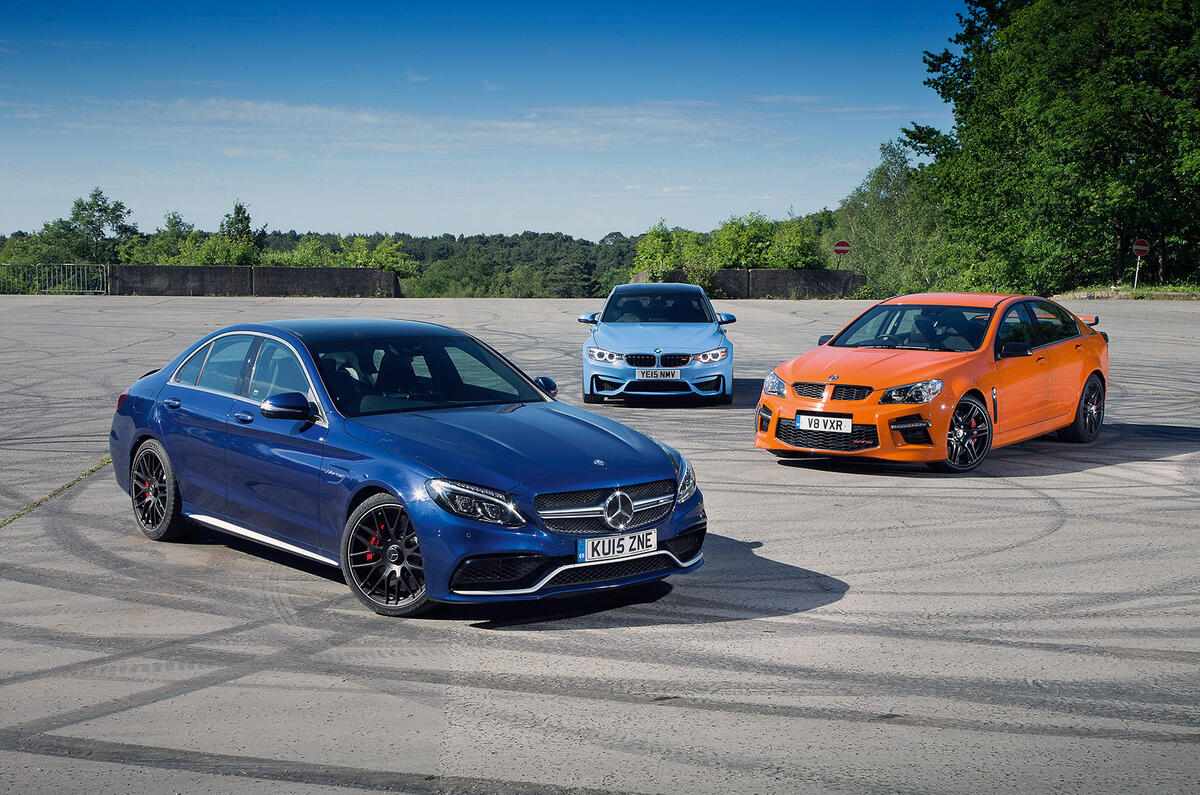
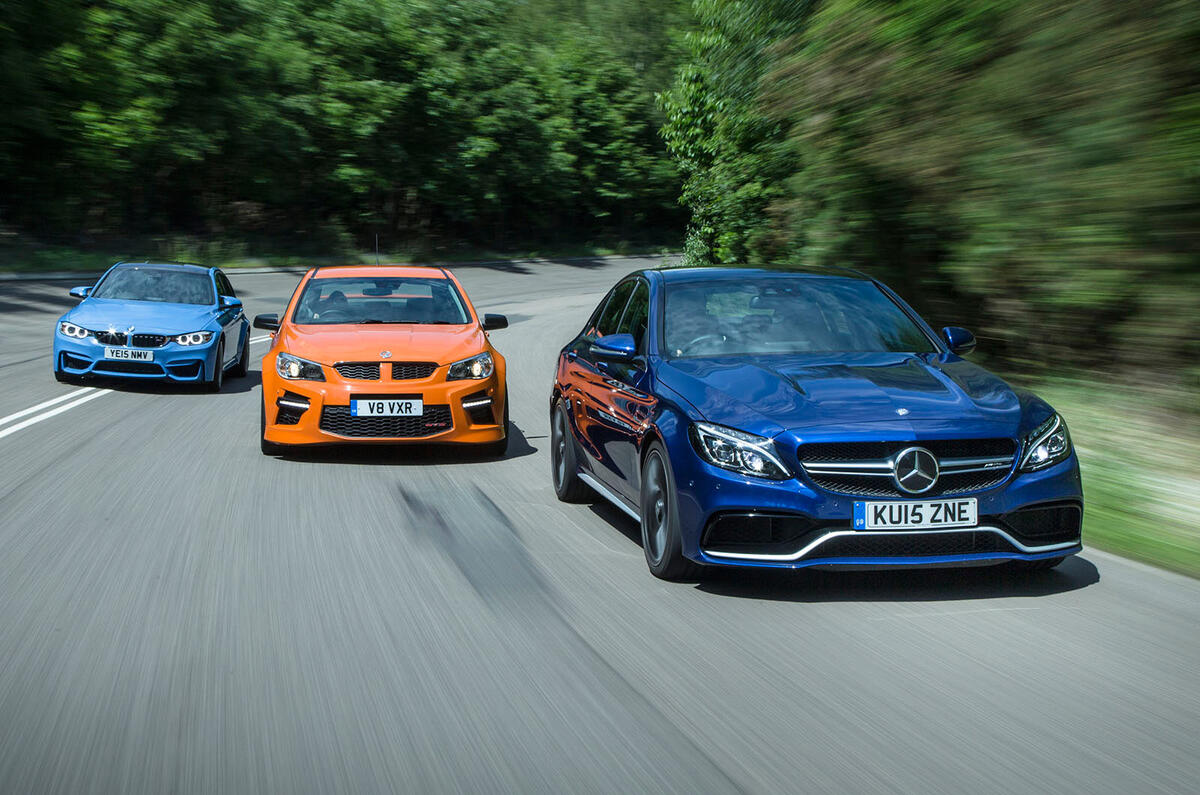
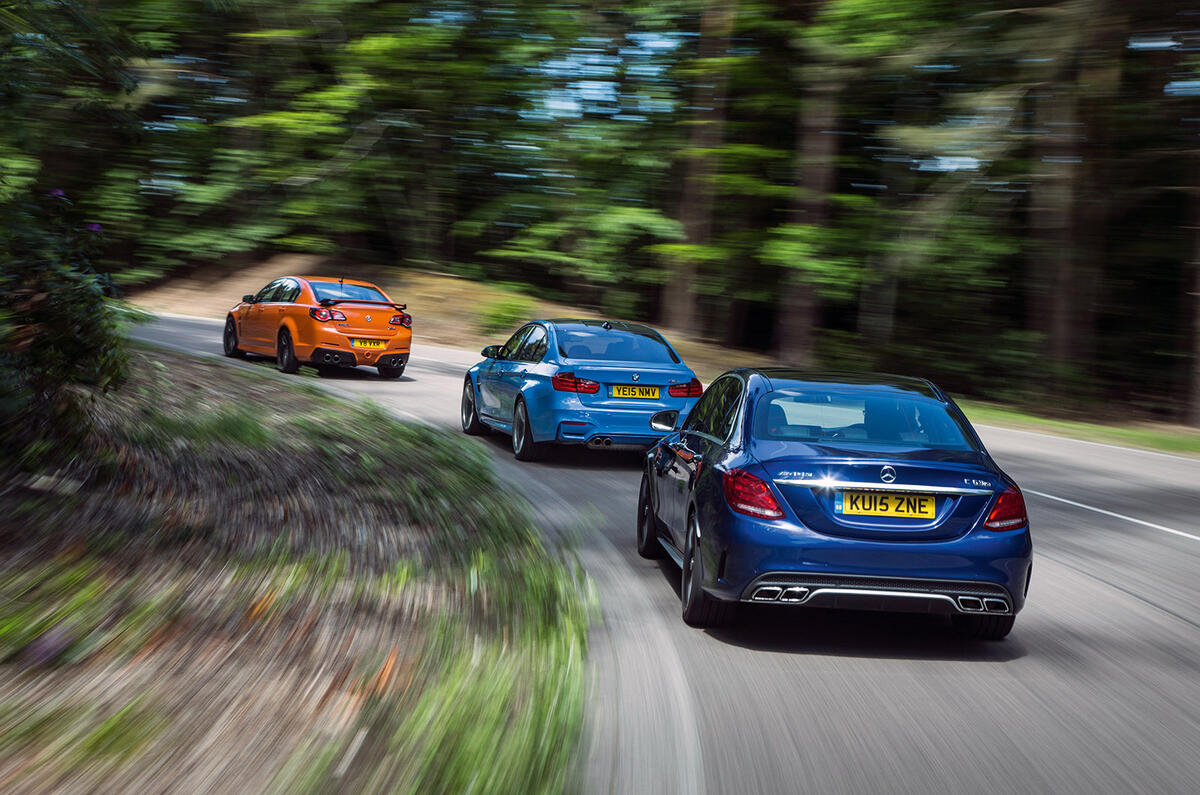
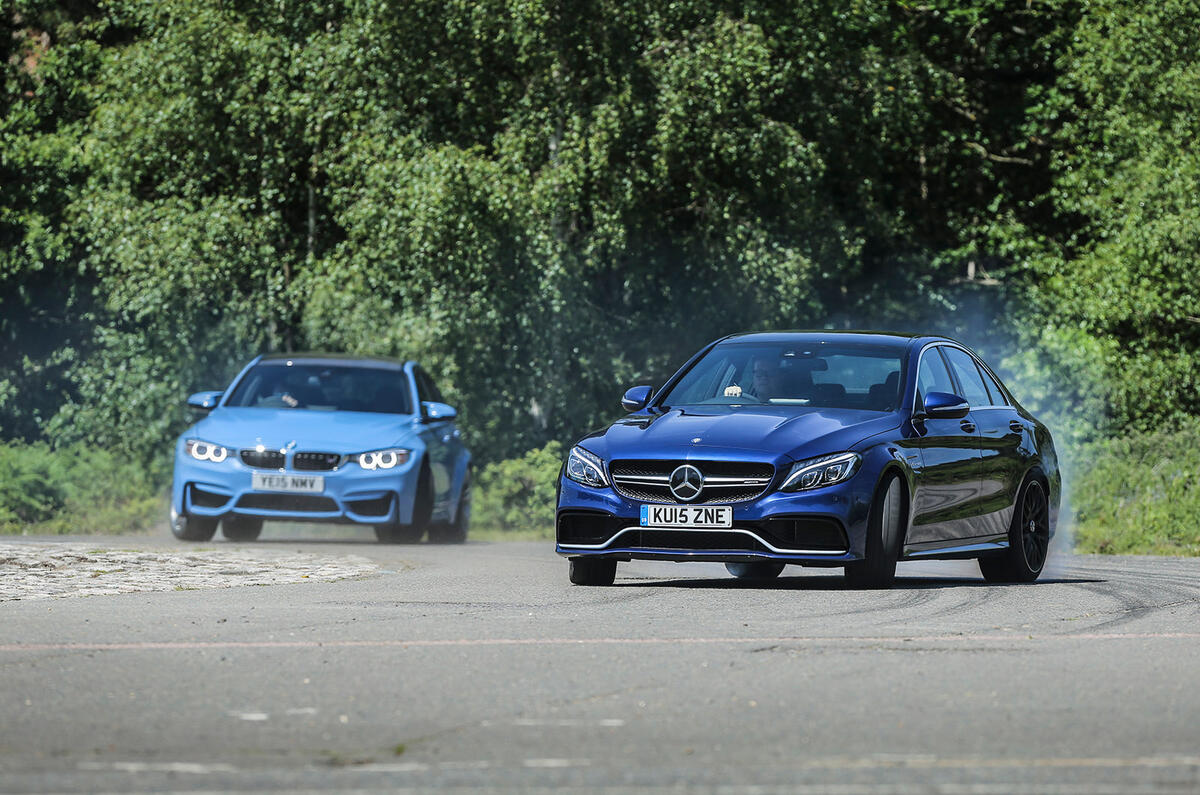
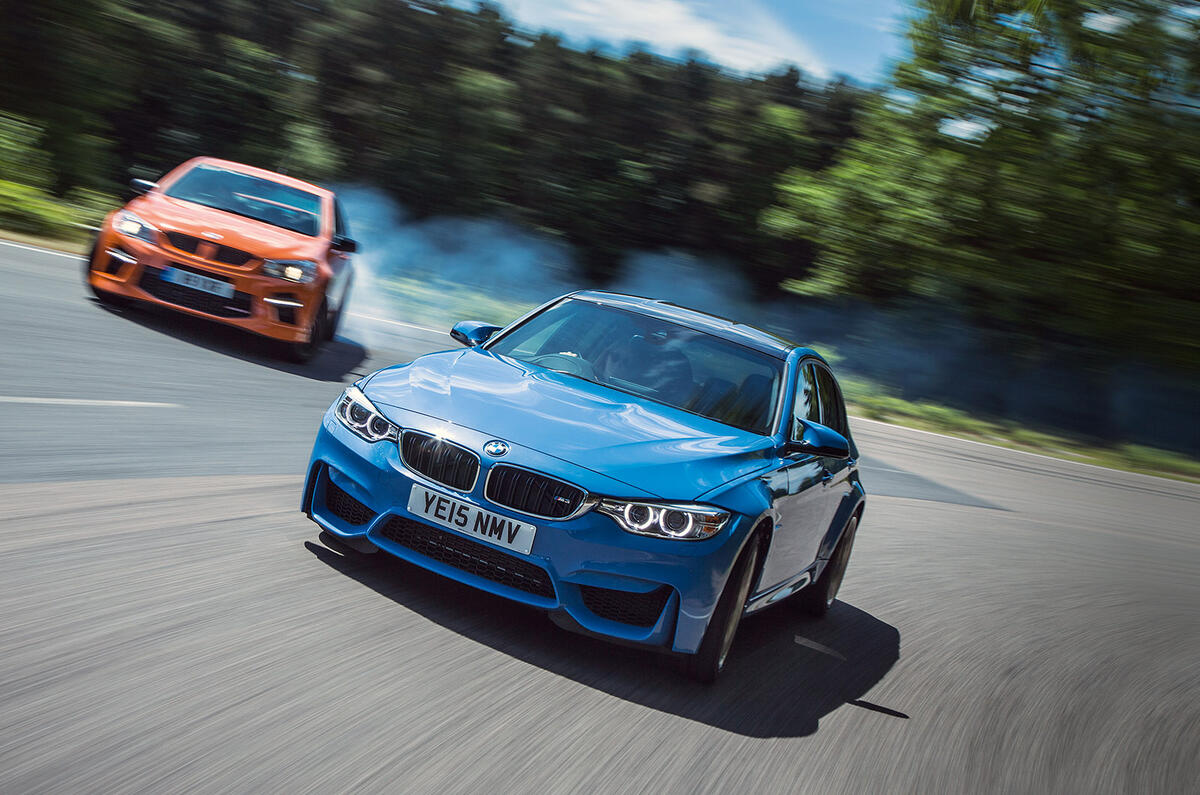
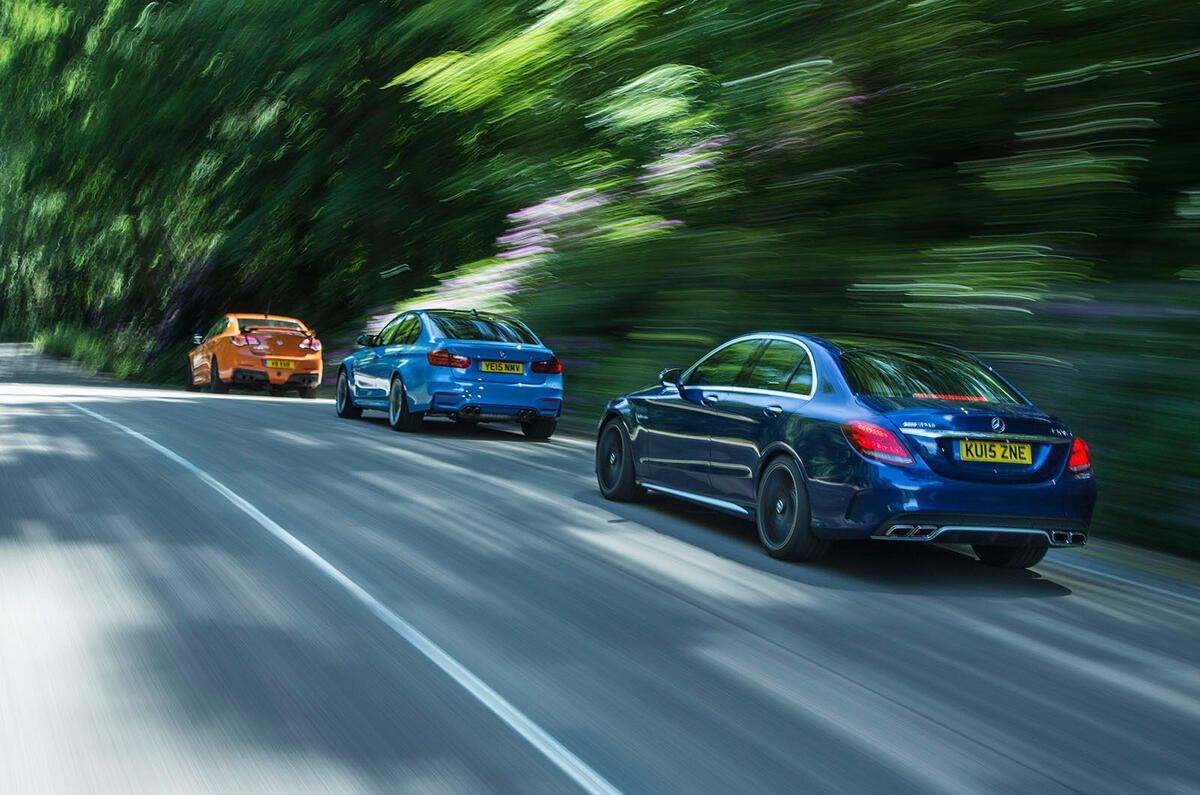
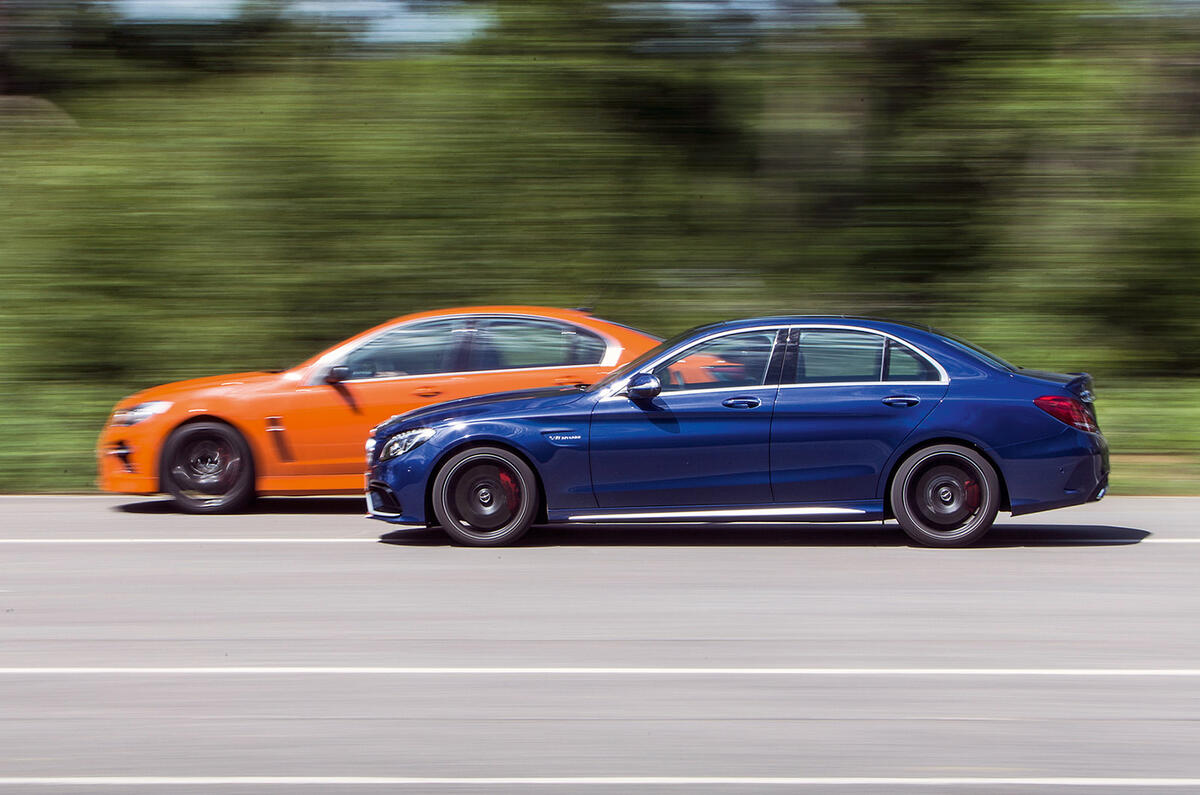
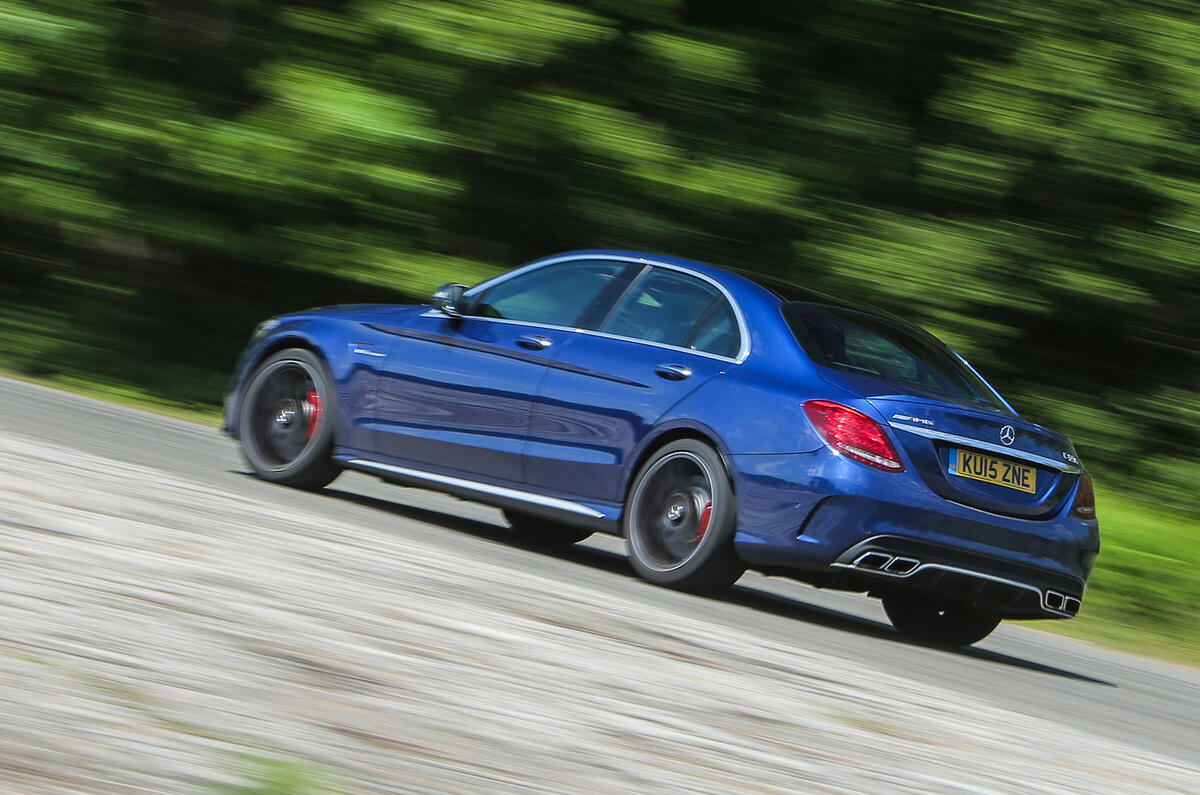
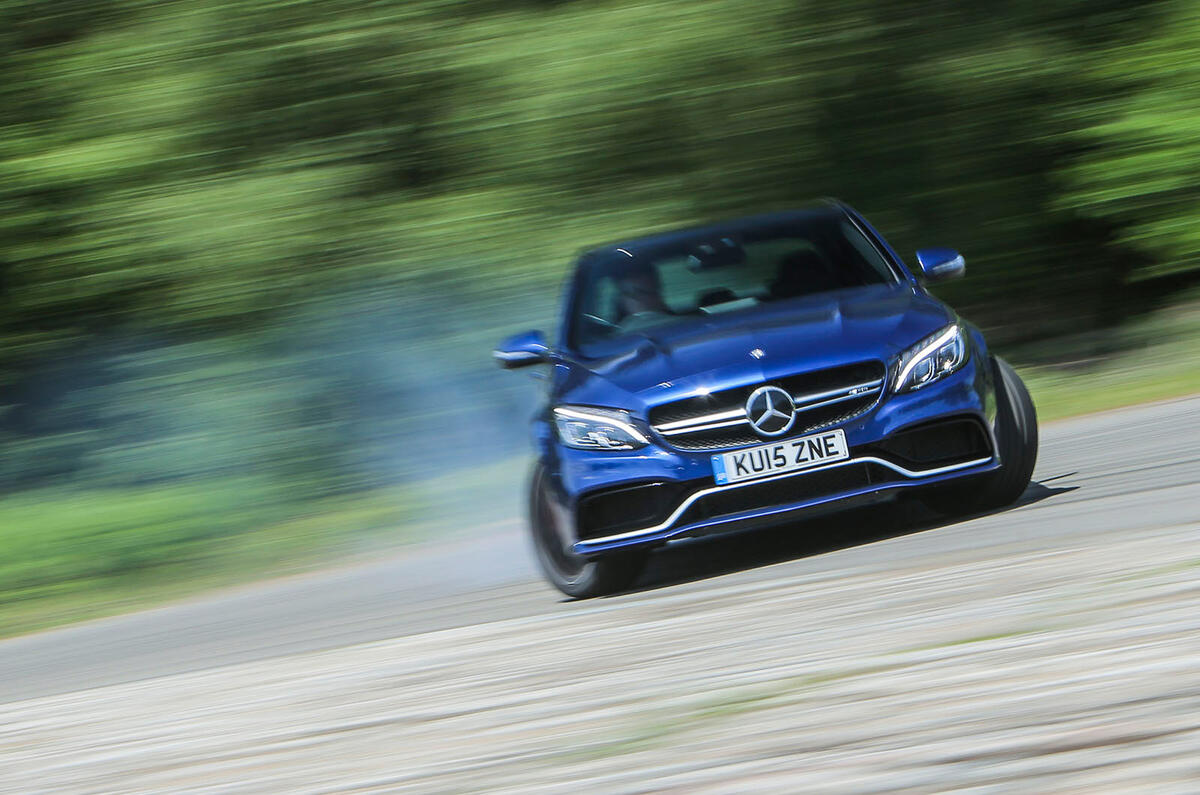
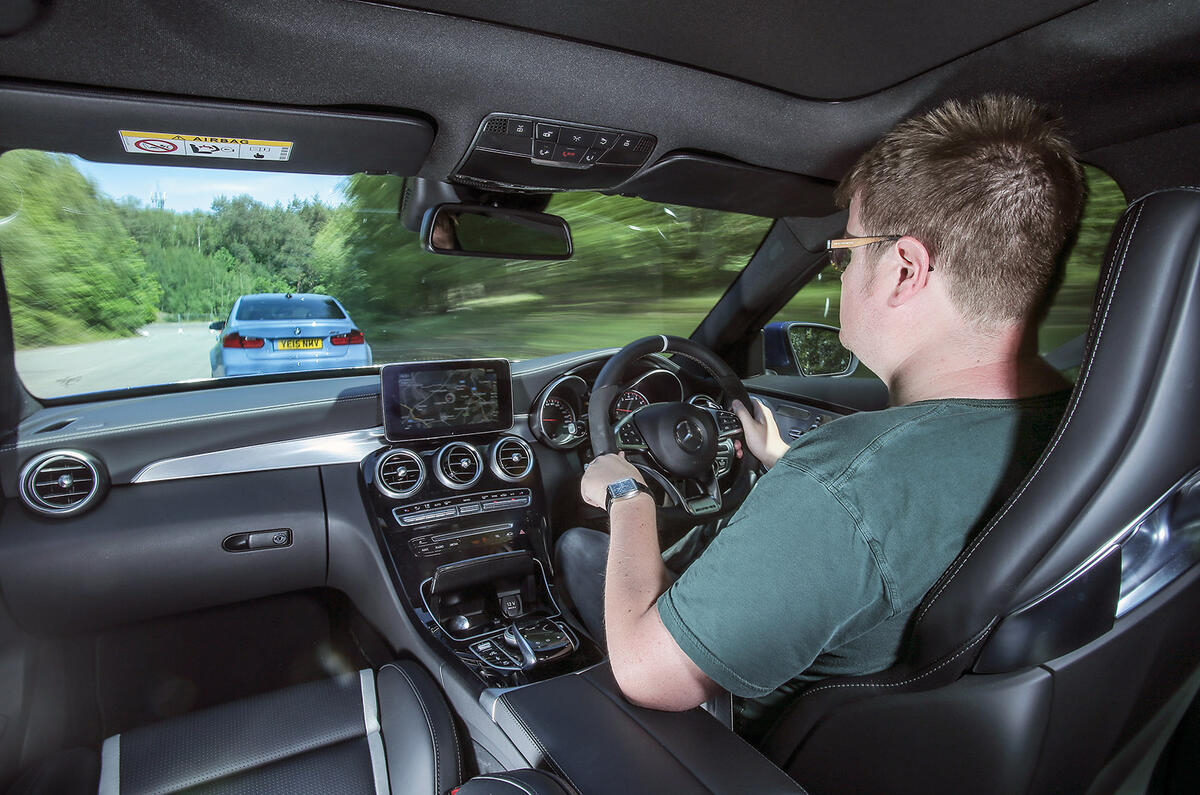
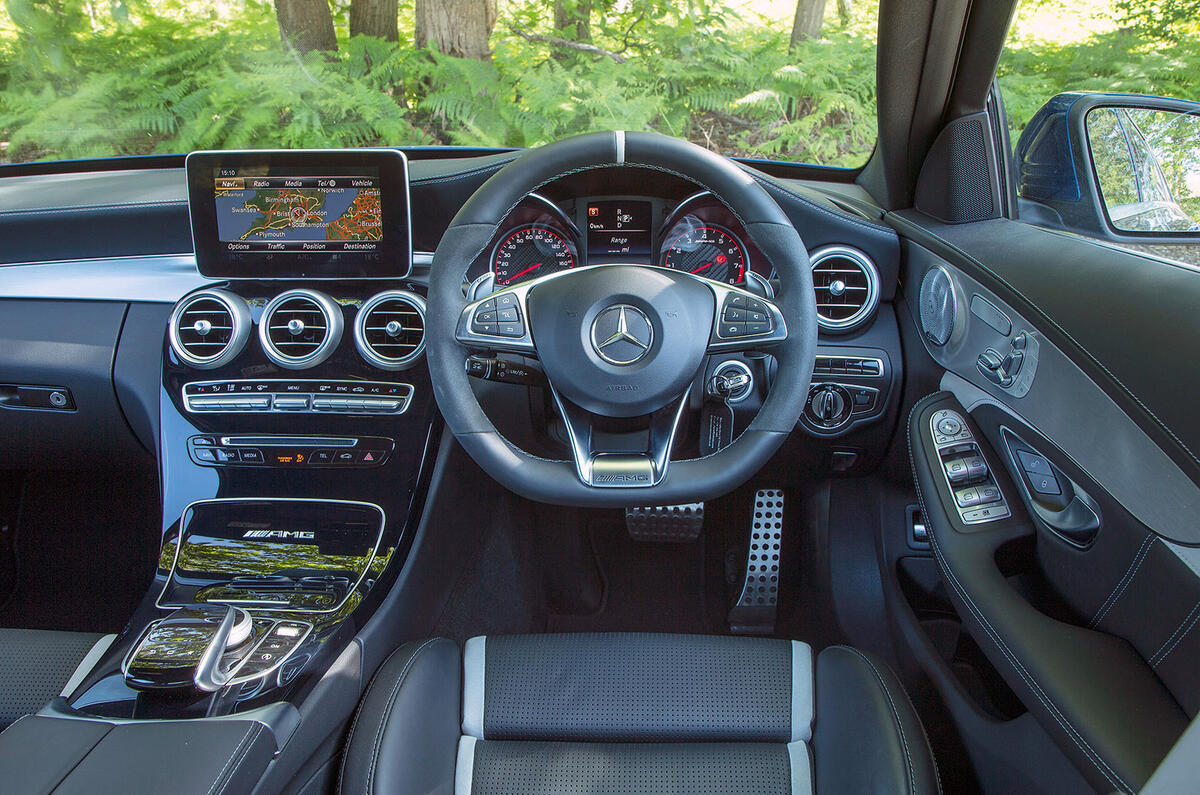
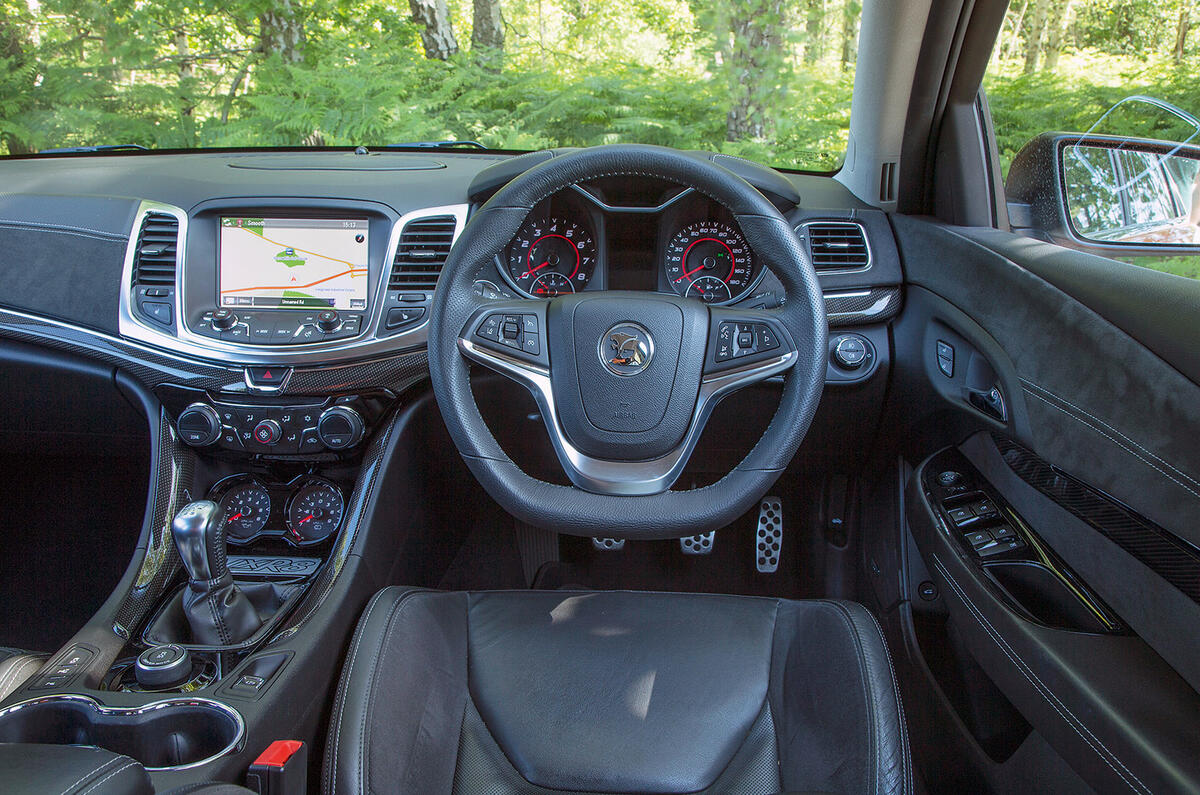
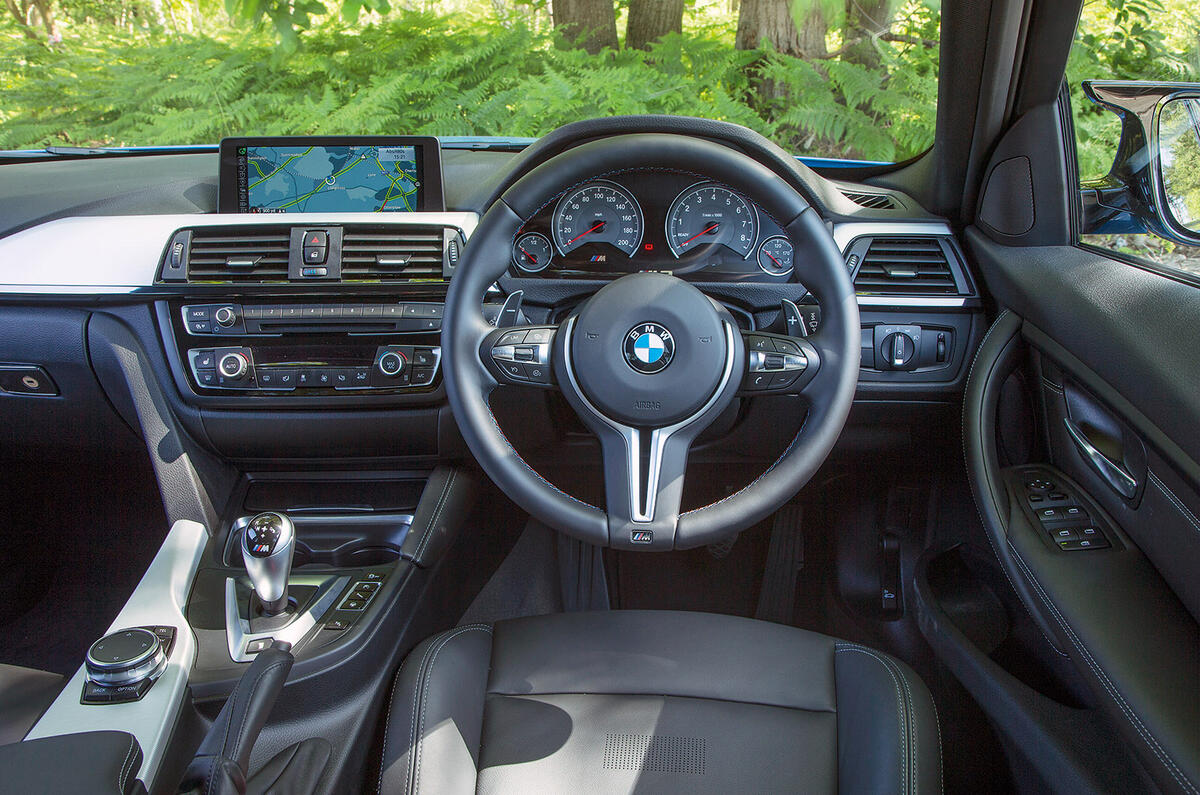
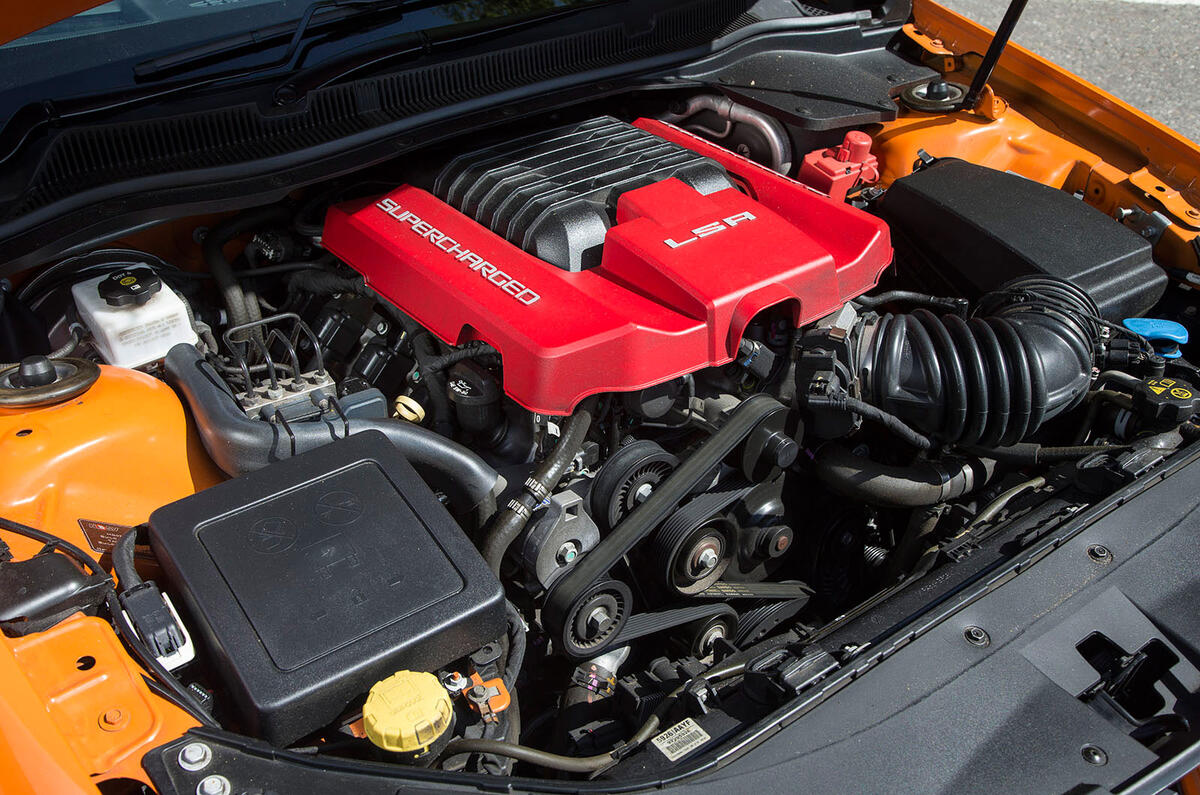
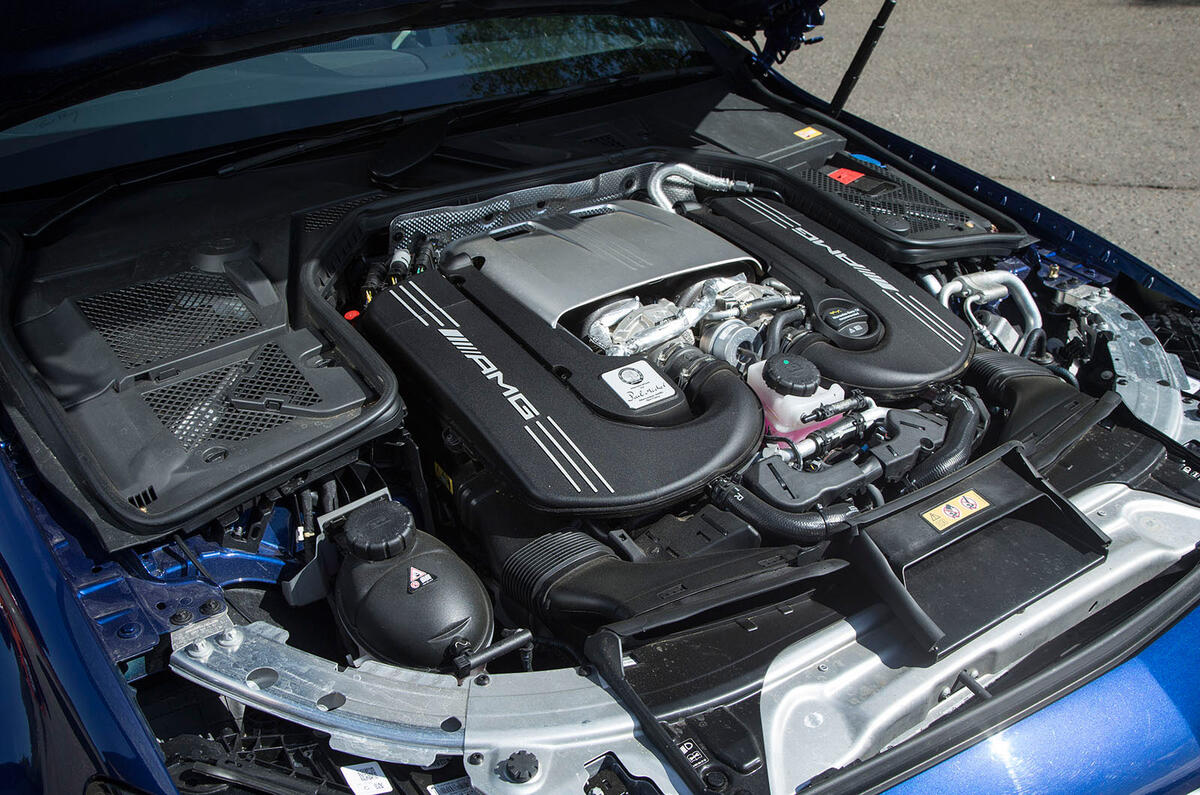
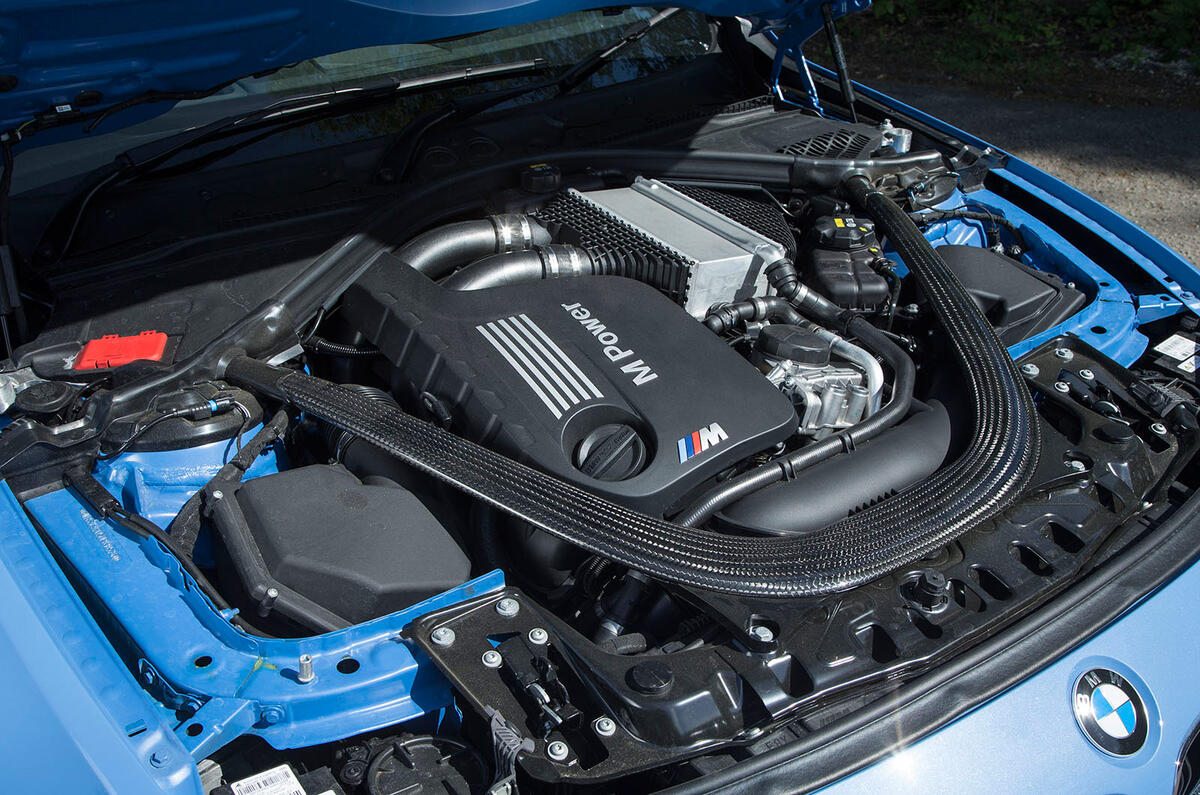
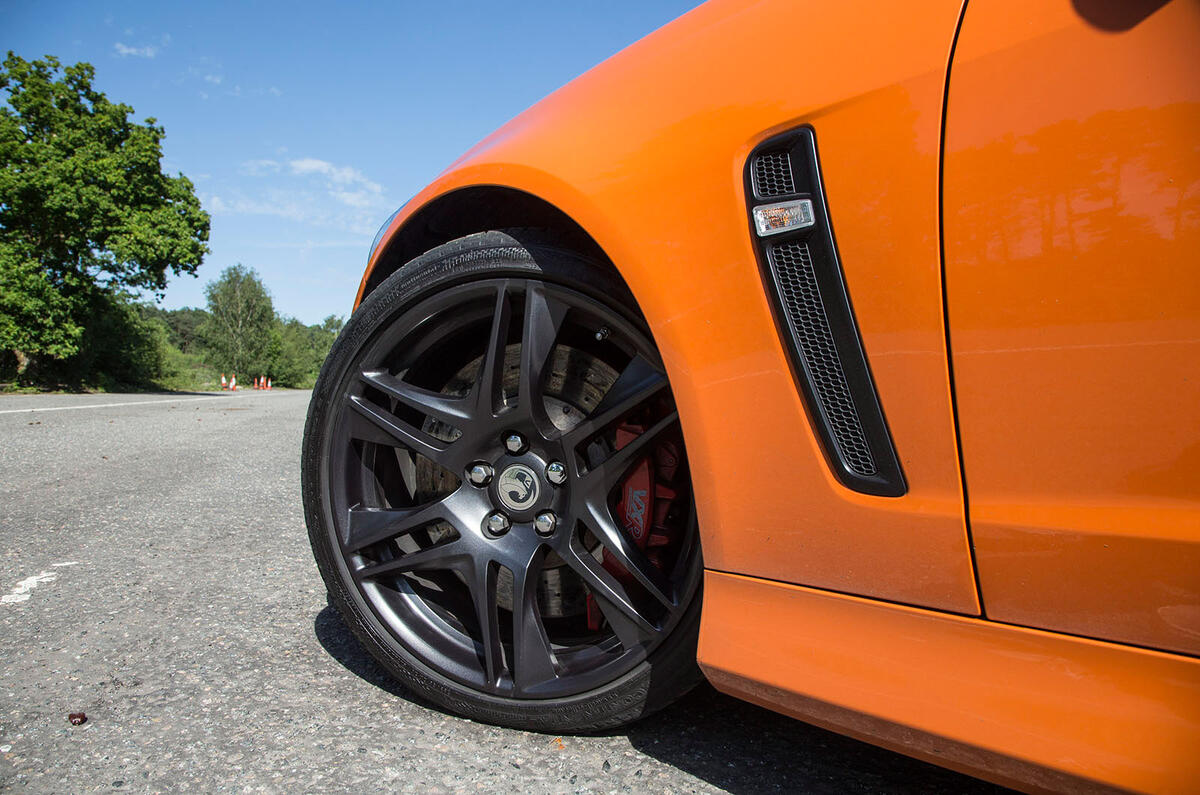
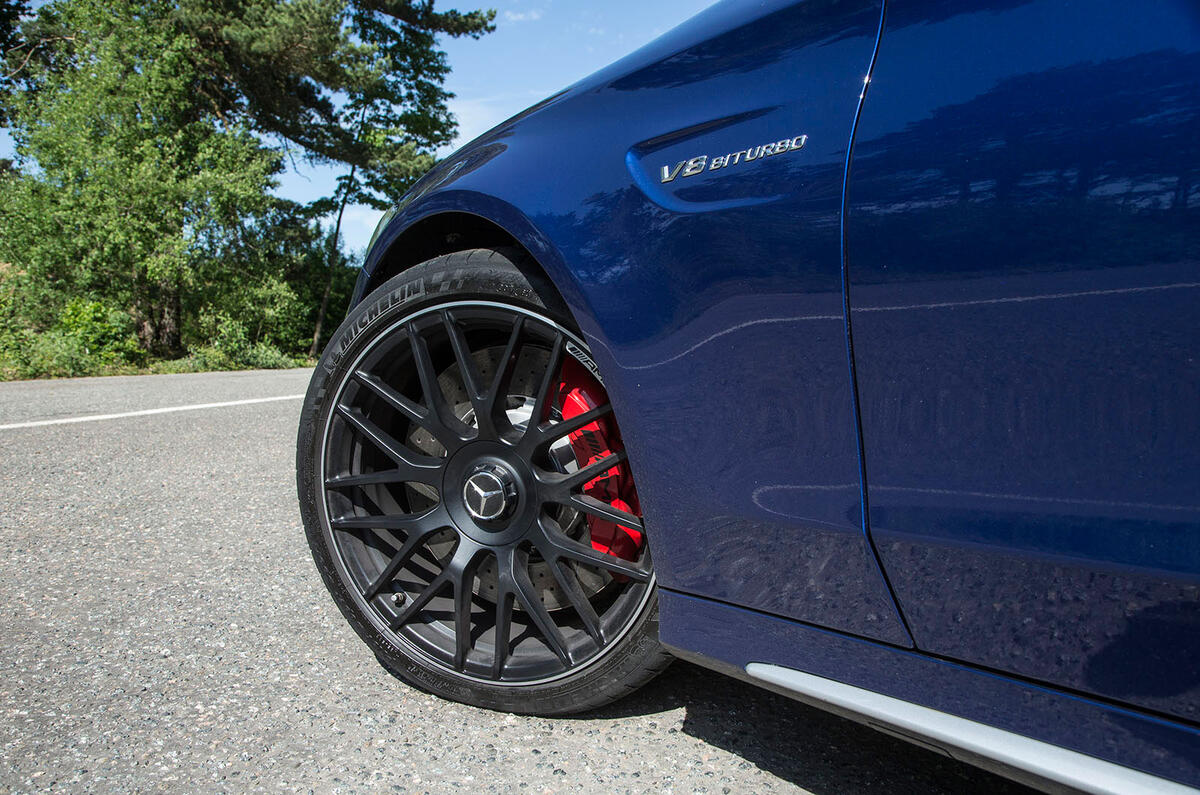
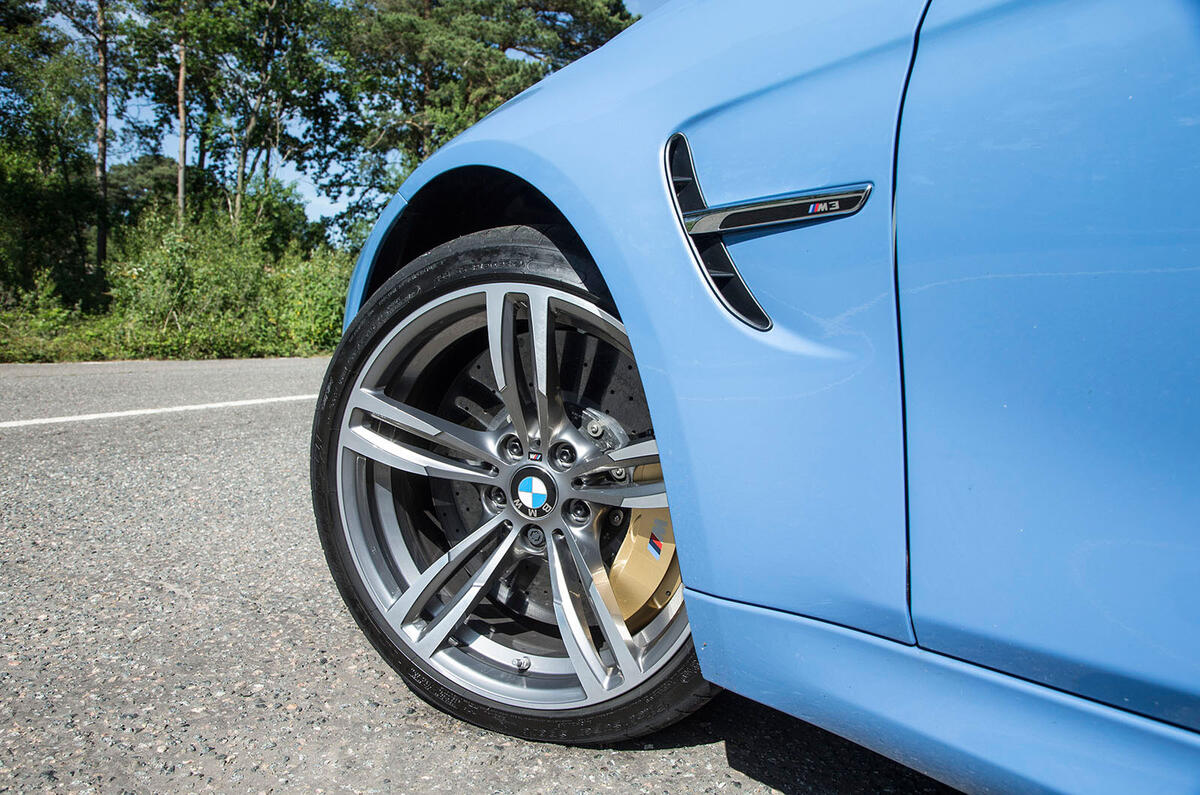
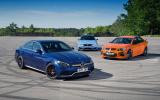






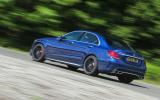


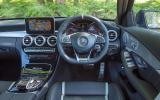
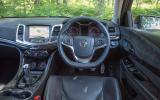
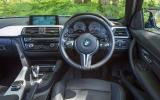
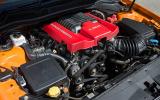

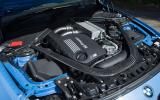
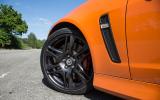
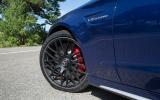
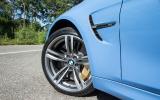






Join the debate
Add your comment
J13Dog
Correct Verdict
All cars are made to be driven. Stop trying to be so clever.
The Mercedes wins it's better at all things all of the time.
Contradiction...?!
So., by that statement all other cars are rubbish then?,not exactly what you said in the first place.
Again Peter
Cayman for me please...